There is no way to avoid the fact that mold spores are floating around your rental property at any given moment. It’s natural for mold spores, among many other contaminants, to be present in the air we breathe. However, when humid weather hits, and the climate dampens, these mold spores tend to flourish if not handled properly. Today, we’ll review seven effective ways to prevent mold in your rental property.
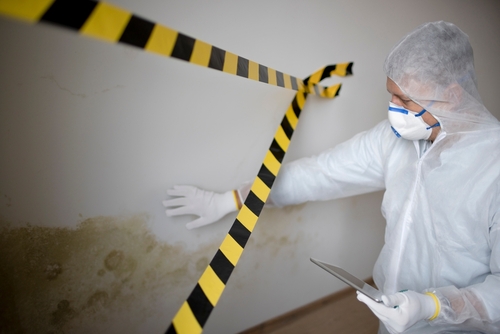
Contents of This Article:
- Importance of Preventing Mold in Your Rental
- 7 Ways to Effectively Prevent Mold in Your Rental Property
- Utilize Property Management to Prevent Issues in Your Rental
Importance of Preventing Mold in Your Rental
While the health hazards mold can present to someone with a weakened immune system are not to be taken lightly, the truth is mold contamination in rental homes has become one of the most controversial settlement-driven lawsuit types this country has ever seen.
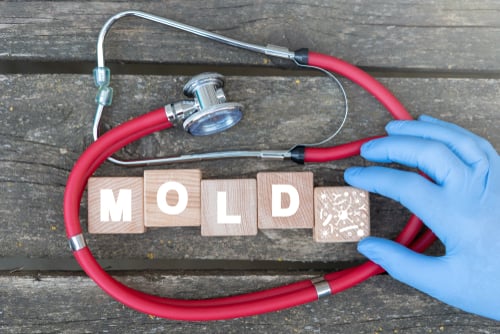
With million-dollar lawsuits being served on property owners nationwide, it is no wonder you might worry about how to control mold in your rental property.
That said, landlords and Baltimore property management must work proactively to prevent mold in rental properties. After all, mold can pose health risks to tenants and cause extensive damage to properties. Here are some key reasons why preventing mold is important.
Why You Need to Prevent Mold in Your Rental
- Tenant Health- Mold growth can lead to various health issues, especially for those with allergies, asthma, or weakened immune systems. Exposure can lead to respiratory issues, allergic reactions, eye irritation, coughing, sneezing, and even more severe health conditions.
- Legal Obligations- As a landlord, you are legally responsible for maintaining a safe and habitable rental property. If mold arises due to negligence, you may be held liable for resulting health issues suffered by your tenants. Unfortunately, this can result in legal disputes, costly lawsuits, and damage to your reputation as a landlord.
- Property Damage- Mold growth can cause significant damage to the structure of your property. For instance, it can deteriorate walls, ceilings, and flooring, leading to costly repairs and renovations.
- Tenant Retention- Maintaining a mold-free environment improves tenant satisfaction and retention rates. After all, when tenants feel safe and comfortable, they’re more likely to renew their leases and speak highly of the property to others.
- Reputation and Marketing- Word spreads quickly–so if your property develops a reputation for mold issues, it could be difficult to attract new tenants. Negative online reviews and word-of-mouth can severely impact your ability to fill vacancies and generate rental income.
Being proactive about mold will protect your tenants from potentially hazardous health conditions and your pocketbook from a life-changing lawsuit that could negatively impact your rental property business. Next, we’ll review several effective ways to prevent mold in your rental.
7 Ways to Effectively Prevent Mold in Your Rental Property
As of now, the federal government has yet to take a firm stand in determining a property owner’s responsibility when it comes to mold in a rental property.
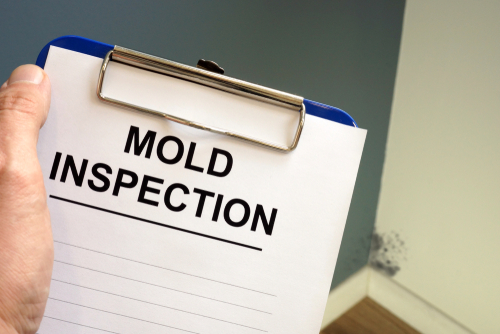
However, Maryland is one of few states in the country that has made it clear that property owners have a legal responsibility to provide a safe and habitable place for their residing tenants.
That means, should your tenant inform you of the presence of mold in your rental property, you have a legal duty to remedy the problem. Otherwise, you may be smack in a landlord-tenant dispute, which could land you in court.
As such, it is in your best interest to avoid mold popping up in the first place. So, let’s look at some of the top ways to prevent mold from appearing in your rental property.
- Fix All Leaks As Soon As Possible
- Take Advantage of Fans and Windows
- Keep the Humidity Levels Low
- Clean Up After a Spill or a Flood
- Check Insurance Policies
- Routinely Inspect Your Property
- Use Mold Inhibitors In Your Property’s Paint
Fix All Leaks As Soon As Possible
Mold loves to grow where there is moisture. Therefore, any tiny leak present in your rental property may yield just enough moisture for mold spores to begin their growth cycle.
Here are some things to remind yourself of, as well as your tenant, when it comes to leaks and mold:
- Always inspect your property thoroughly before allowing any tenant to move in to ensure there is no mold growth.
- Tell your tenant to place a maintenance request immediately should they find a leak in the property during their tenancy.
- Check under cabinets and around all water fixtures regularly for leaks or damage.
- Any mold growth should be dealt with as soon as it is found to prevent further growth and possible health complications.
Take Advantage of Fans and Windows
After a long hot shower, a lot of moisture is left over in the air from the shower’s steam. This moisture can easily attach itself to the ceilings and walls (and any tiny cracks) and attract mold spores that would be more than happy to start growing.
Since bathrooms do not tend to get much airflow going through them, have your tenants open the windows regularly to get rid of the moisture in the air. If there are no bathroom windows, have them blow a fan through the bathroom for a short period of time post-shower to achieve the same effect.
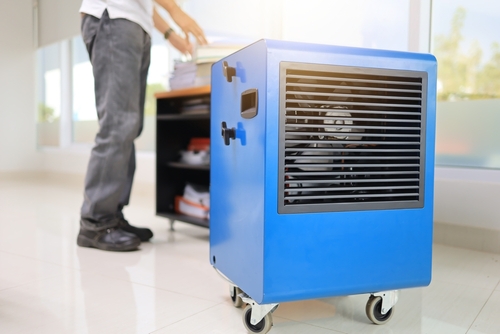
The less moisture that exists in the rental property, the less likely the mold spores will be able to start growing.
Keep the Humidity Levels Low
Any rental property that experiences high humidity levels in the air is susceptible to mold growth. Therefore, encourage your tenants to keep the humidity level in your rental property as low as possible to discourage spore growth. This can be done with an air conditioner or a dehumidifier.
Unlike opening the windows in the bathroom after a steamy shower to disperse the humidity in the air, if your rental property is in a region that has humid weather, it is best to keep the doors and windows closed so that the humid air does not enter while you are running the AC or dehumidifier.
Clean Up After a Spill or a Flood
Whether a bucket of water spills on the carpet or a huge rainstorm floods your property’s living room, cleaning up quickly is key to avoiding mold growth.
In fact, one often-overlooked area for mold growth is underneath the carpet, in the padding of the flooring. If seriously wet, the carpet and padding need professional fanning and drying to stop mold growth.
Even a tiny bit of damp padding placed back on the floor can cause the development of a great deal of mold in a short amount of time.
Check Insurance Policies
Though not always the case, sometimes homeowner’s or renter’s insurance policies will cover damages related to mold growth.
It is important that you check your homeowner’s insurance policy for coverage regarding mold growth.
In addition, it is wise to encourage or require your tenants to have renters insurance. This way, should the mold growth be the tenant’s fault, with proper insurance coverage, your investment property will remain protected, repaired, and paid for by your tenants.
Routinely Inspect Your Property
Part of being a successful landlord is monitoring your property for damages throughout your tenant’s lease term.
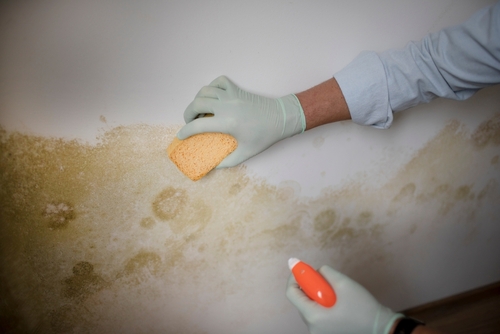
By routinely inspecting your property during the year, you ensure that your tenants are doing what they are legally obligated to, as far as home maintenance is concerned, and that any damages that may have gone unnoticed can be repaired quickly to prevent further damage.
Consider creating an annual rental property inspection checklist and adding leak inspections, moisture damage, and mold growth to the list. That way, you never forget to check the small things that can lead to a large mold problem.
Use Mold Inhibitors in Your Property’s Paint
Since mold spores are always present and grow so quickly with even the smallest amount of moisture, consider adding mold inhibitors to your paint when you spruce up your property for the next tenants.
By adding specialized mold inhibitors to the paint used on the interior of your rental property, you effectively prevent mold spores from attaching to the painted surfaces and growing.
Utilize Property Management to Prevent Issues in Your Rental
Mold is a serious health issue, regardless of the seemingly frivolous and excessive lawsuits running through the court system today. And, while there are not many specific laws regarding the disclosure and handling of mold in your rental property, you are still obligated to always provide your tenants with a safe and habitable place of living.
By preventing mold growth from starting in the first place, you protect yourself and your investment property. In addition, by employing Maryland’s finest property management company, Bay Management Group, you lessen the hassles of having mold in your property. So contact us today to learn how we can help keep you and your tenants safe.
